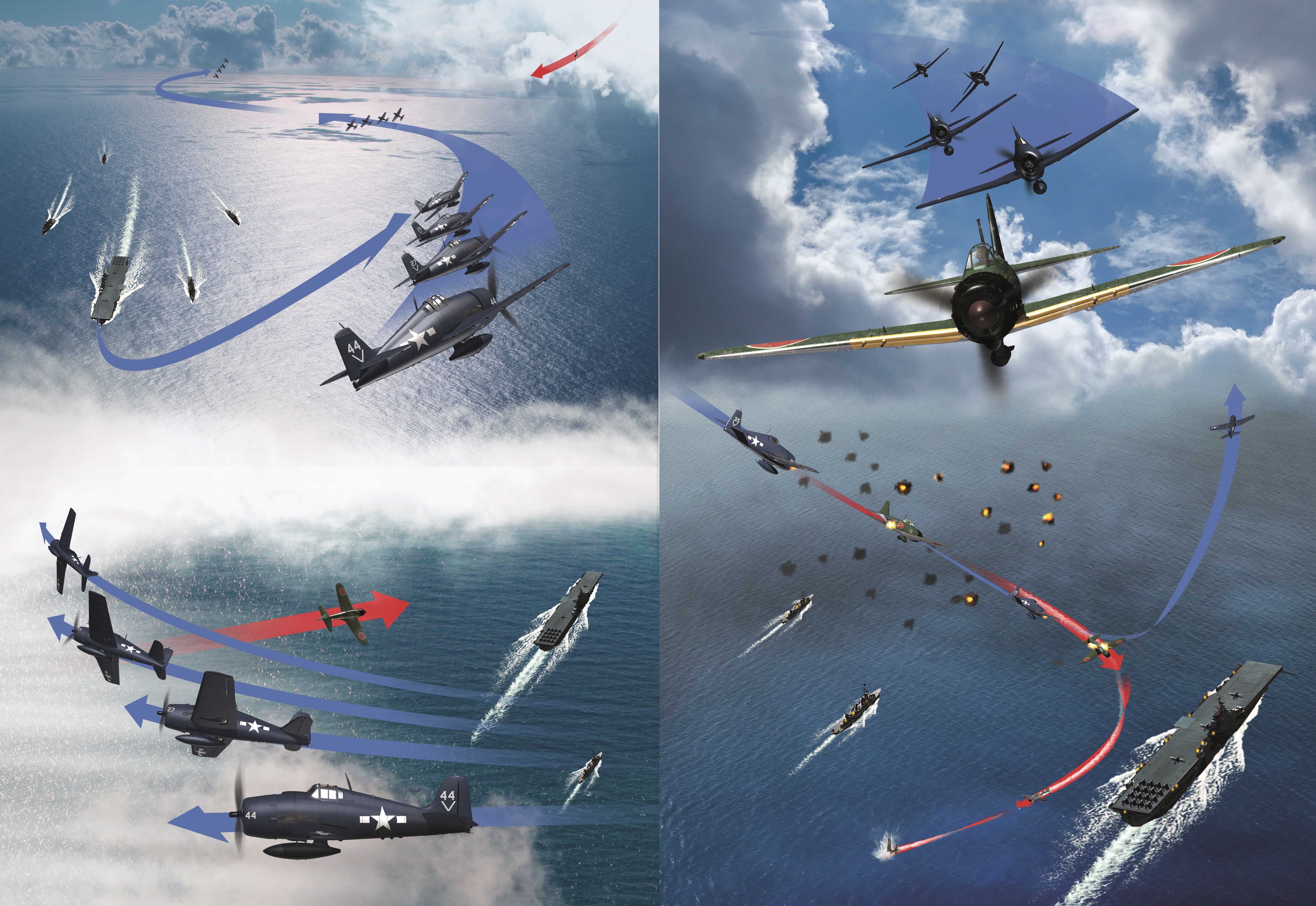
Diagram from F6F Hellcat
Tim Brown is a 3-D Diagram creator and illustrator. He has worked on many of our Dogfight titles from F6F Hellcat to the upcoming F4F Wildcat. Today we chatted to Tim about what inspired him to become an illustrator and his process.
When did you first become interested in art and tell us a little about your path to becoming an illustrator?
My father, who had been in the Fleet Air Arm, was an artist and encouraged drawing from an early age. He was an avid aviation buff, so instead of the usual children’s books, I spent most of my time copying the photographs in Aircraft of the Fighting Powers. After that, it was Airfix models all the way, and I used to pour over the wonderful Roy Cross artworks. It all came from that really. When I eventually became a designer of illustrated books, it was only a matter of time before I swapped over to illustration.
What is your favourite book you’ve worked on and why?
I’ve worked on so many books now, but I do get a lot of satisfaction from illustrating the more obscure subjects. Latin American Air Wars was a fascinating challenge because the material was all so new to me and the aircraft were such a hodgepodge of European and American cast-offs. For the same reason I also like the Whirlwinds, Stirlings and Fiat CR.42s of World War 2 – aircraft that did their work out of the limelight. Of the Dogfight series, I’d have to say the Bf 109E title was the most enjoyable to date, as it featured the Dutch Fokker D.XXIs clashing with Emils during the Blitzkrieg in May 1940. It is a story that has always fascinated me, a real underdog biting back moment.
How do you go about designing the artwork?
The starting point for the ribbon diagrams in a Dogfight volume is always to establish the basics using surviving first-hand testaments from those involved in the actions to be depicted. Working with the author, I need to plan out the sequence of events, the landscape, the weather etc. Then I sketch them out and see if it makes sense in visual form. This takes several passes. After that, I can get stuck into the 3d modelling stage. Once the 3d renders are complete I take everything into Photoshop, which is the fun bit.
How do you get inspired to produce a piece of artwork?
I spent a long time as a scientific illustrator, and these artworks are the same really – facts first, art second. That said, the inspiration comes in thinking through the most dramatic angles to display the action. The old Airfix kits lying around my office come in handy at these moments. The pilots did all the work for me!
How long does it usually take to produce a piece of Osprey artwork?
It can really vary. World War 2 aircraft are mercifully light on markings, but US Navy jets of the Vietnam War era, as depicted in the F-8 Crusader volume that will soon be published, can really give you eye strain! On average I’d say its takes three to four full days to complete a single ribbon diagram artwork for the Dogfight series, unless I go down a rabbit hole!
What are you currently working on?
Next up is Fw 190 Sturmjäger units engaging USAAF heavy bombers over Germany – drama all the way there I suspect!

Comments
You must be logged in to comment on this post. Click here to log in.
Submit your comment